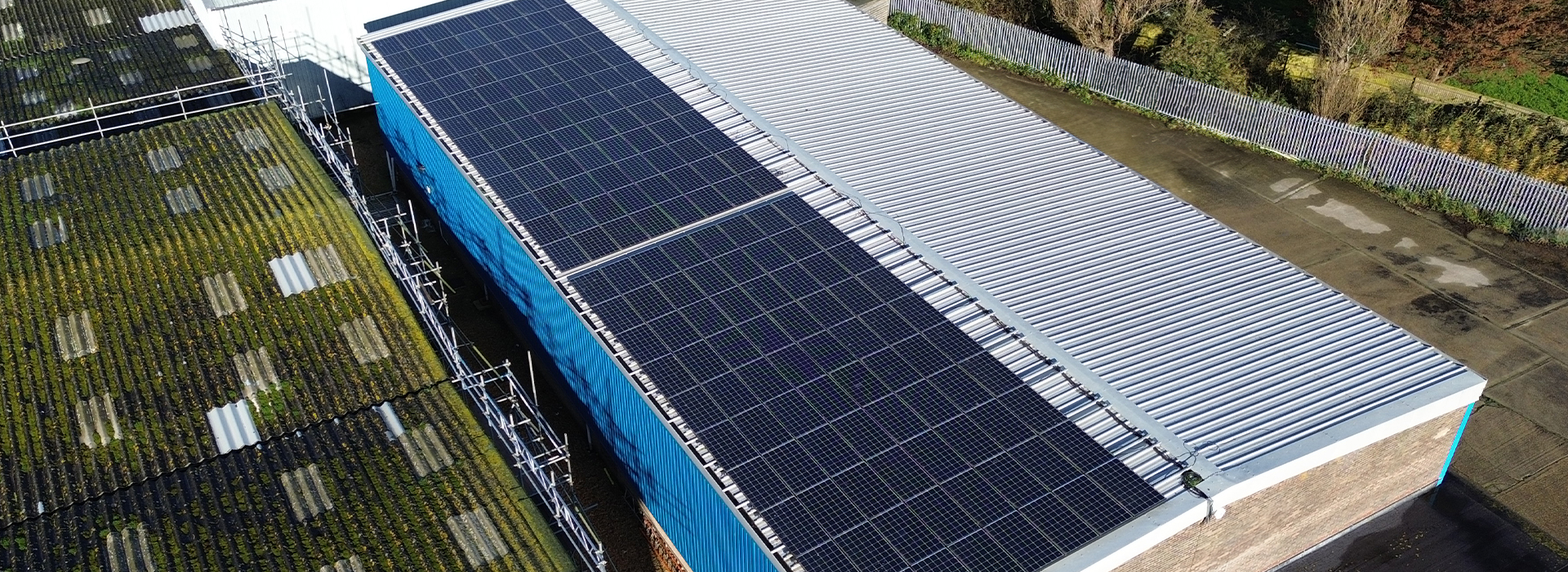The United Kingdom is no stranger to unpredictable and sometimes severe weather conditions. From torrential rain and strong winds to heavy snowfall, the UK frequently experiences weather warnings of varying levels, categorized as yellow, amber, and red by the Met Office. When it comes to working on roofs during these conditions, safety becomes paramount. In this blog post, we will discuss why roof safety is of utmost importance when facing yellow, amber, or red weather warnings in the UK.
Elevated Risk of Accidents
Weather warnings are issued to alert the public about potentially hazardous conditions. When working on a roof, these warnings should serve as a red flag. Yellow warnings signal potentially adverse weather, amber warnings indicate a higher risk, and red warnings represent the most severe conditions.
During such weather warnings, the risk of accidents significantly increases. Slippery surfaces, high winds, and reduced visibility can lead to falls, equipment damage, or even life-threatening situations.
Slippery Surfaces
Rain, snow, and sleet are common occurrences in the UK, and they can quickly turn a rooftop into a treacherous surface. Workers can easily lose their footing and slip, leading to severe injuries or worse.
To combat the risk of slipping, it is crucial to ensure that workers are equipped with appropriate footwear, such as slip-resistant boots. Adequate fall protection measures, like safety harnesses and guardrails, must be in place to minimize the risk.
High Winds
Amber and red weather warnings are often issued for strong winds. These winds can pose a serious hazard to workers on rooftops. Gusts of wind can destabilize workers and their equipment, potentially causing them to lose balance and fall.
To enhance safety during high winds, it is vital to secure all equipment, wear appropriate clothing to reduce wind exposure, and, if possible, schedule work during calmer periods.
Falling Objects
During adverse weather conditions, debris such as branches, roof tiles, or other materials can become dislodged and fall onto the roof. This creates an additional safety hazard for workers.
To protect against falling objects, it’s important to inspect the roof for potential dangers and use personal protective equipment like helmets. Additionally, workers should be vigilant and clear the roof of debris before commencing any work.
Reduced Visibility
Yellow, amber, and red warnings are often accompanied by poor visibility due to fog, heavy rain, or snow. Reduced visibility increases the risk of accidents, as workers may not see potential hazards or even each other.
To mitigate this risk, workers should use proper lighting and signaling devices to ensure clear communication. Maintaining close communication with colleagues and having a designated lookout can also help prevent accidents caused by poor visibility.
Health Risks
Red warnings are usually associated with extreme weather, which can lead to health risks, such as cold stress or heat exhaustion, depending on the season. Ignoring these risks can lead to severe health issues, affecting a worker’s overall performance and safety.
To protect against these health risks, it’s essential to provide workers with appropriate clothing for extreme conditions, offer regular breaks in a climate-controlled area, and ensure they stay hydrated and nourished.
Conclusion
Roof safety is a paramount concern when working during yellow, amber, or red weather warnings in the UK. The elevated risk of accidents due to slippery surfaces, high winds, falling objects, reduced visibility, and health hazards cannot be underestimated. Prioritizing safety by adhering to guidelines and providing workers with adequate training and equipment is not just a legal obligation; it is a moral imperative. Protecting the well-being of workers is essential to ensuring that they can work effectively and return home safely, even when the weather is at its worst.



